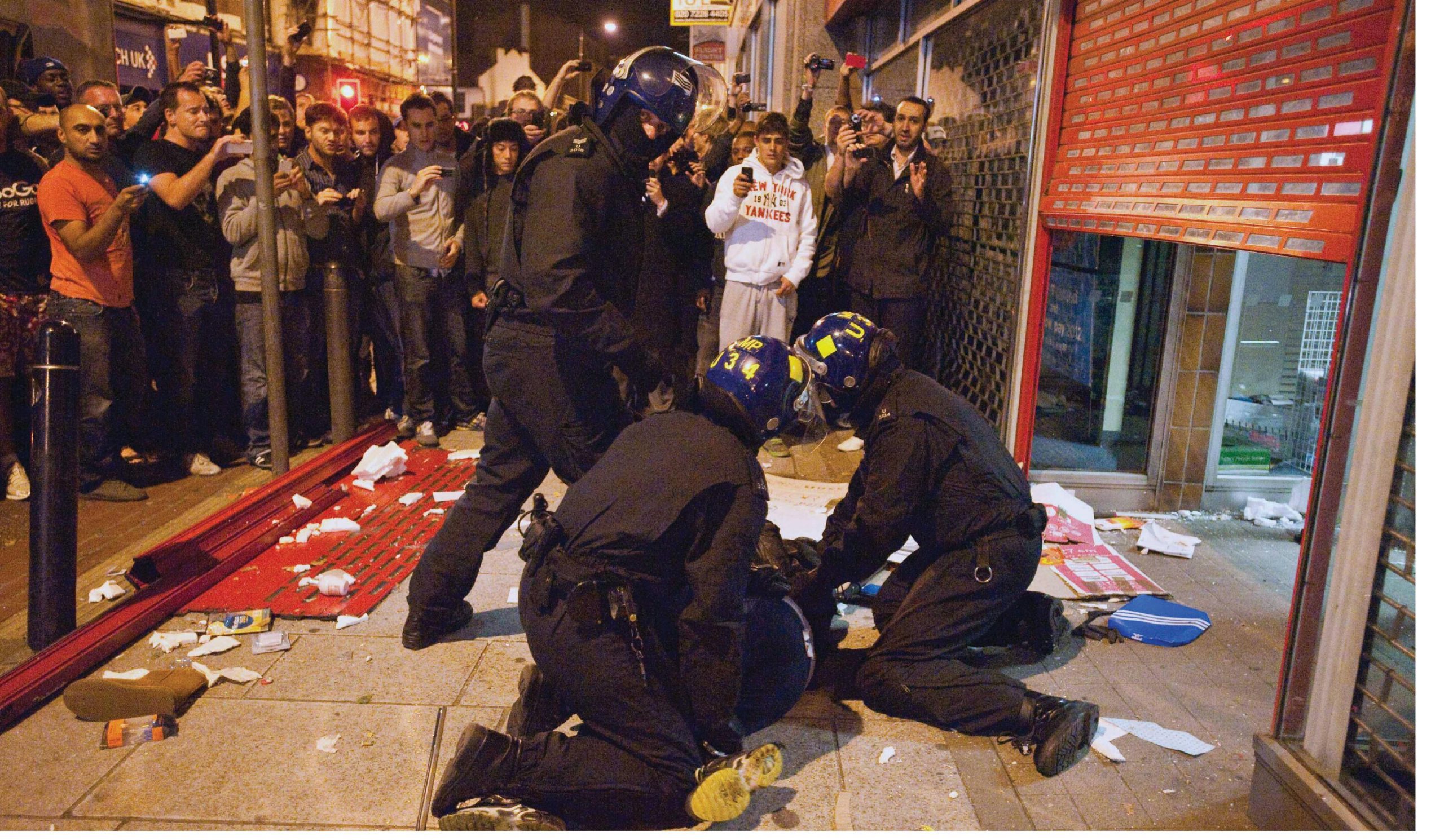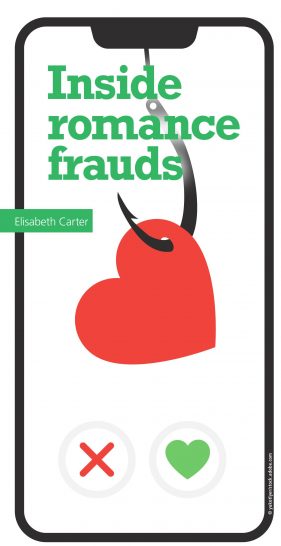
Although mainly written before the street riots of summer 2011, this article discusses many aspects of the relationship between the consumer culture and crime that have a particular resonance with these events. From the viewpoint of a cultural criminologist, Keith Hayward presents and analyses the ‘marketing’ of crime through the advertising of branded goods, particularly to young people, and the way in which people’s sense of identity is increasingly linked to certain desirable material possessions. There are many important concepts used in this article, among them ‘the crime-consumer nexus’, ‘consumer deficit’ and ‘the commodification of crime’, which you would do well to learn. This article contains important material for all sociology students, but particularly for those taking the ‘Crime and deviance’, ‘Mass media’ and ‘Culture and identity’ options.
The family board game Monopoly has been around for generations. Recently, however, it has experienced a number of thematic makeovers. In the USA, Ghettopoly is a Monopoly-style game in which ‘playas’ move around from ‘Tyron’s Gun Shop’ to ‘Ling Ling’s Massage Parlour’, building crack houses, ‘pimping’ and selling guns as they go.
Your organisation does not have access to this article.
Sign up today to give your students the edge they need to achieve their best grades with subject expertise
Subscribe




